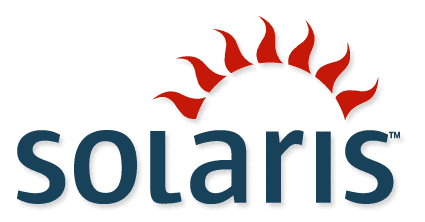Making Known the Secrets to Network Management. Raising up a new generation of professionals.
Thursday, May 16, 2013
Virtualizing Solaris
Abstract:
The movement from physical to virtual servers has been happening for decades. First, the use of Physical Domains under SPARC "big-iron" became possible when Sun purchased Cray SPARC assets in 1996 while SGI purchased the remaining. The Sun Enterprise 10000 was introduced in 1997 with Physical Domains. With the release of Solaris 10 almost a decade ago, physical systems could be moved to logical Zones under a single kernel in 2004. With the line of T processors, the ability to load multiple OS's on the same platform at the firmware layer became possible in 2006. This article discusses LDom's.
P2V:
Physical to Virtual Migration or P2V is possible to consolidate physical Solaris platforms onto various virtualized Solaris platform destinations - such as Zones, Branded Zones, or LDom's. The P2V process uses an archive called a FLAR.
P2V and Branded Zone:
An Oracle Enterprise Manager blog was published recently, explaining how to move a physical server to a Branded Zone. The May 15th blog was titled: "How to go Physical to Virtual with Oracle Solaris Zones using Enterprise Manager Ops Center."
Logical Domains:
The documentation describing the deployment of the Logical Domains for Oracle Enterprise Manager is available under Oracle's web site. Each Logical Domain, sits on top of the firmware of T-Class processors, and can host Solaris 11, Solaris 10, and Solaris 10 can host older Solaris 8 & 9 Operating System under Branded Zones.
Network Management Implications:
Network Management platforms can very easily be consolidated onto newer platforms, with very little effort, using free drag-and-drop tools such as Oracle Enterprise Manager. If a network management center is still running under multiple older Physical platforms, one should consider Zones or LDom's, which offer virtually no overhead (in comparison to systems such as VMWare or HyperV which require a foreign software layer between their domains and the hardware, introducing problematic latency under heavy loads.)
Labels:
Cray,
Domains,
LDom,
LDoms,
Logical Domain,
P2V,
Physical Domain,
SGI,
Solaris,
Solaris 10,
SPARC,
Zones
Subscribe to:
Post Comments (Atom)





No comments:
Post a Comment